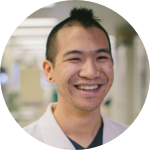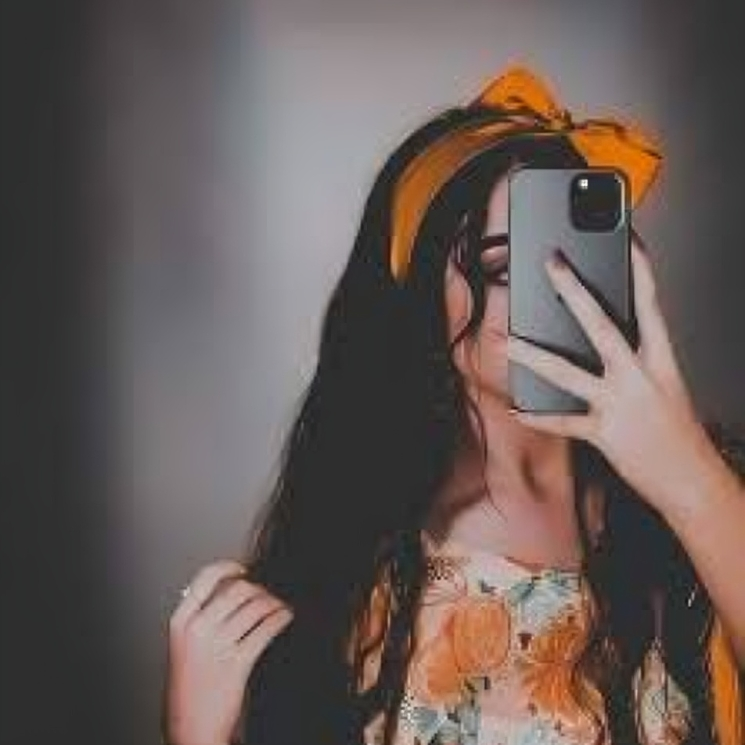1,504
-1
2
References
- 1. United States Pharmacopeia. 2011. Microbial Characterization, Identification, and Strain Typing. 1113. General Chapter
- 2. National Research Council (US) Committee on Hazardous Biological Substances in the Laboratory. 1989. Biosafety In The Laboratory: Prudent Practices for the Handling and Disposal of Infectious Materials. National Academies Press (US)
- 4. Biosecurity & Health Security Protection. 2020. Laboratory Biosafety Manual, 4th edition. World Health Organization
Please wait...
About This Project
BioArtBot is an open-source initiative that enables users to create playful pixel designs using colored bacteria on agar plates. We aim to inspire broader community engagement by incorporating locally-sourced pigmented bacteria into BioArtBot’s color palette. This will involve developing a new workflow, accessible curriculum resources, and piloting an open workshop format that utilizes these local palettes, making BioArtBot more adaptable, relevant, and empowering to different communities.

Browse Other Projects on Experiment
Related Projects
A Microbial Art Palette Rooted In Place to Support Community Science
BioArtBot is an open-source initiative that enables users to create playful pixel designs using colored...
Exploring self-powering biomaterials using embedded proteins
Proteins offer the promise of regenerative forms of power for devices. Current power sources fail to disassemble...
The Living Canoe
Polynesian voyaging stands as a testament to the engineering and navigation skills of Pacific Islanders...



